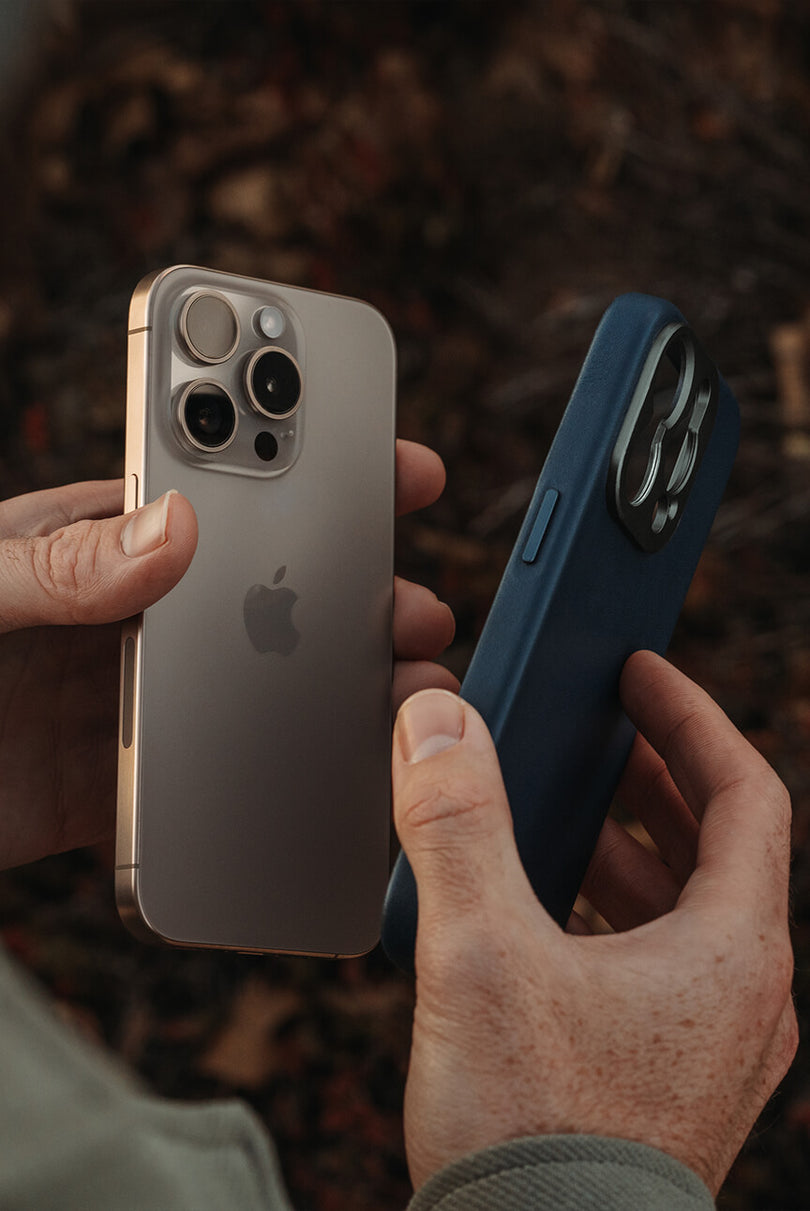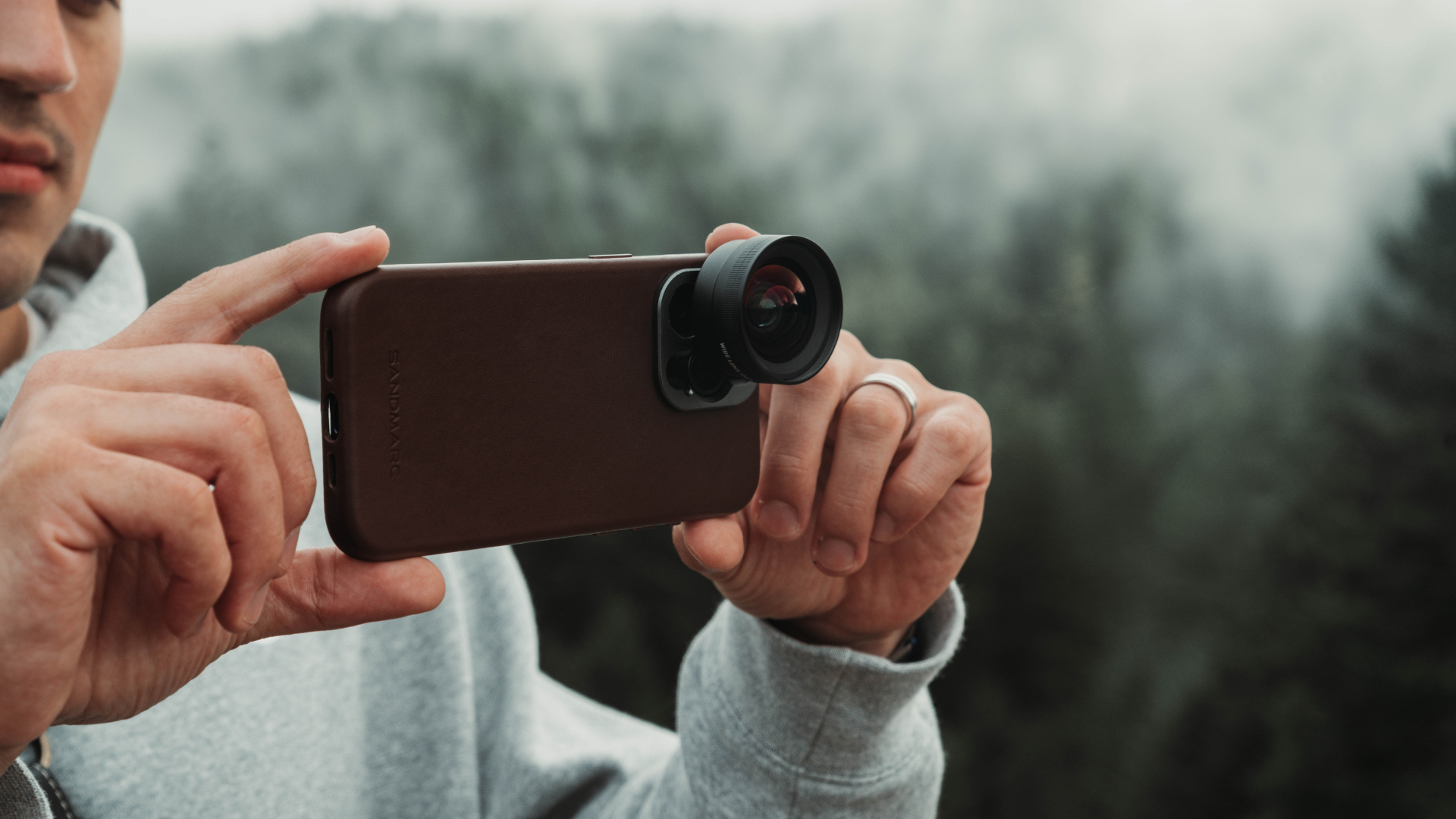Capture Architectural Photography on iPhone
Whether in your home city or while traveling, architectural design surrounds us. Both old and new buildings reflect the unique character crafted by architects of today and the past. This is your guide on how to capture architectural photography on your iPhone.
Understanding Architectural Photography
An added bonus of architectural photography is that your main subject stays stationary. This makes it easier to capture sharp images but can be challenging when working with its fixed location. Because of this it is beneficial to work with different perspectives, lighting, and framing techniques.
Technique 1: Perspectives
Perspectives in architectural photography are important because they allow photographers to highlight the best aspects of a structure. You can shoot from low, high, or straight-on perspectives. For tall buildings, capturing from a high angle, such as from an opposing building, can help showcase the entire structure. Straight-on or low perspectives are more effective for shorter buildings, however if you are using a wide lens capturing a tall building from a low angle can create unique images.
It’s best to experiment with different perspectives when capturing a building to determine which angle achieves the look you desire.
It’s best to experiment with different perspectives when capturing a building to determine which angle achieves the look you desire.
The image below demonstrates a perspective achieved by angling your camera upward rather than shooting straight ahead.
Shot on iPhone 15 Pro Max + Telephoto 2x Lens
Technique 2: Lighting
Just like in any form of photography, lighting is crucial in architectural photography. The key difference is that it’s harder to manipulate the lighting, but there are effective ways to work with natural light. Blue hour and golden hour act as nature’s best filters, enhancing the mood and tones of your photos.
Blue hour and golden hour are ideal times because they help you avoid harsh sunlight and strong shadows. However, you can also creatively utilize shadows in your compositions. Photographing at different times of day is beneficial, as shadows shift and create different shapes. Morning shadows, for example, may produce more striking forms compared to those later in the day depending on the buildings position.
Blue hour and golden hour are ideal times because they help you avoid harsh sunlight and strong shadows. However, you can also creatively utilize shadows in your compositions. Photographing at different times of day is beneficial, as shadows shift and create different shapes. Morning shadows, for example, may produce more striking forms compared to those later in the day depending on the buildings position.
The image below showcases unique lighting, with sunlight streaming through the windows and shadows casting diagonally along the pillars, adding depth
Shot on iPhone 15 Pro Max + Telephoto 2x Lens
Technique 3: Framing, Symmetry and Details
Technique three involves utilizing aspects of the building and its surroundings to create an eye-catching image. Framing is achieved when a photographer uses surrounding buildings, structures, or natural elements to draw attention to the main subject, adding depth and context to the composition. Symmetry involves using building structures or even nearby plants to create a mirroring effect, resulting in striking contrasts and patterns within the photograph.
Finally, architectural photography isn’t always about capturing the entire structure; sometimes, it’s about focusing on the details. Whether it’s a unique design in a corner of the structure or an intricate element at the base, zooming in on these aspects can produce beautiful, impactful shots.
The image below demonstrates how symmetrical buildings can be visually pleasing in architectural photography. Capturing symmetry straight-on can create a sense of balance and harmony.
Shot on iPhone 15 Pro Max + Telephoto 2x Lens
Enhancing Shots with Accessories
Attaching lenses for architectural photography is beneficial for close-up shots and creating unique perspectives. We recommend a wide lens, a telephoto 2x lens, and a telephoto 6x lens to elevate your photos.
Wide Lens
The wide lens is perfect for capturing a large building without distorting the image. As shown in the images below, capturing the building and bridge straight-on from street level creates a unique look that highlights their vastness and provides a dramatic effect.
Shot on iPhone 16 Pro Max + Wide Lens
Shot on iPhone 15 Pro Max + Wide Lens
Telephoto 2x Lens
The telephoto 2x lens allows photographers to focus on architectural details by capturing close-up, intricate shots. As shown in the images below, you can see the details in the building's arches and the unique molding that adds character to its design.
Shot on iPhone 15 Pro Max + Telephoto 2x Lens
Shot on iPhone 15 Pro Max + Telephoto 2x Lens
Telephoto 6x Lens
Similar to the telephoto 2x lens, the telephoto 6x lens allows you to capture architectural details at a 6x zoom. This is perfect for moments when you're overlooking a city and a unique tower rises above the skyline, or when spotting distant architecture. It provides an opportunity to capture truly unique perspectives.
Mastering architectural photography is perfect for avid travelers or anyone with a natural appreciation for unique structures. The best way to truly experience a city is on foot, especially if you want to capture stunning architectural shots with your iPhone.
Happy shooting!
Happy shooting!
Author's Bio
SANDMARC offers photography gear for mobile creators, including top-tier lenses, filters, and accessories that elevate iPhone photography. Trusted worldwide, our products help users capture stunning visuals in any setting. Our blog provides tips, guides, and inspiration to enhance your creative journey, with advice and industry updates from our passionate team.

















